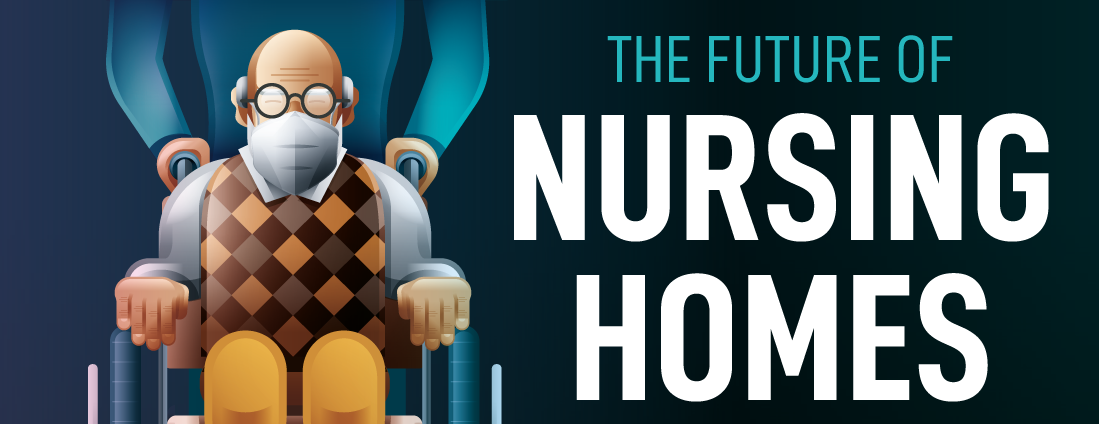The pandemic has brought many problems with our society into the spotlight. Due to an increased ability to reflect on what we have created, we have seen an abundance of issues that we must change about the way we operate as a society. Among the most pressing of these issues is how we care for our aging loved ones.
Nursing homes have always carried a negative public perception. Many people feel like sending a loved one to a nursing home is an admittance of defeat. We feel hopeless and helpless that we cannot care for those who have been there for us all of our lives. It seems that nursing homes have never really stood a chance when it comes to positive public perception.
However, recently the pandemic has brought the continued failures in the assisted care environment back to the public’s attention. With harrowing statistics such as 36% of coronavirus deaths being linked to nursing homes, it is hard to find a positive in this situation.
Another challenge that nursing homes face is a sharp decline in occupancy. This is mainly due to the increase in COVID deaths among patients 65 or older. However, the pandemic also created the suspension of non-essential surgeries and admission bans.
These three things have created an environment where people are not willing to voluntarily sign up to attend one of these facilities. In fact, many people are demanding that a physician or telehealth option be present in assisted care facilities before they are going to be willing to admit a loved one.
One of the final challenges that nursing homes are facing in budget concerns. Over 65% of nursing homes are currently operating at a loss. This means that they do not have the financial to provide the higher standard of care that the public is demanding. This could present a devastating and deadly outcome for assisted care facilities.
Like any problem, these challenges have solutions. The main solution in this case is stopping the spread of infection. By controlling the infection rate, nursing homes can not only keep patients safer but they can begin to rewrite public perception. After all, everyone just wants the assurance that their loved one is going to be safe and happy in these institutions.
Slowing the spread of disease can also help increase occupancy. By certifying a clean and safe environment, it can help persuade medical professionals and families that these facilities are the right choice to receive treatment at.
Financially, by increasing occupancy you can also increase profit. However, many of the safety measures that need to be put into place for cleanliness are also going to cause deficit spending initially. While this may seem to negatively impact the bottom line initially, sanitization measures are ultimately going to be what ensures that a nursing facility stays open.
In order to completely solve these problems we must work as a society together. If we don’t then there we will continue to perpetuate the challenges and contribute to the problem.



